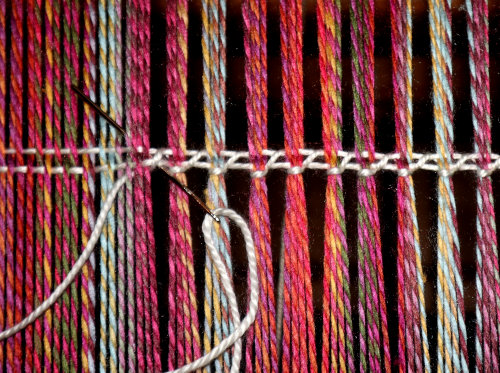Leigh's Photography Journal
Thursday, August 29, 2024
Sunday, August 4, 2024
Saturday, August 3, 2024
Friday, August 2, 2024
Wednesday, July 17, 2024
Monday, July 15, 2024
Thursday, July 11, 2024
Wednesday, July 10, 2024
Tuesday, July 9, 2024
Monday, July 1, 2024
Subscribe to:
Posts (Atom)












